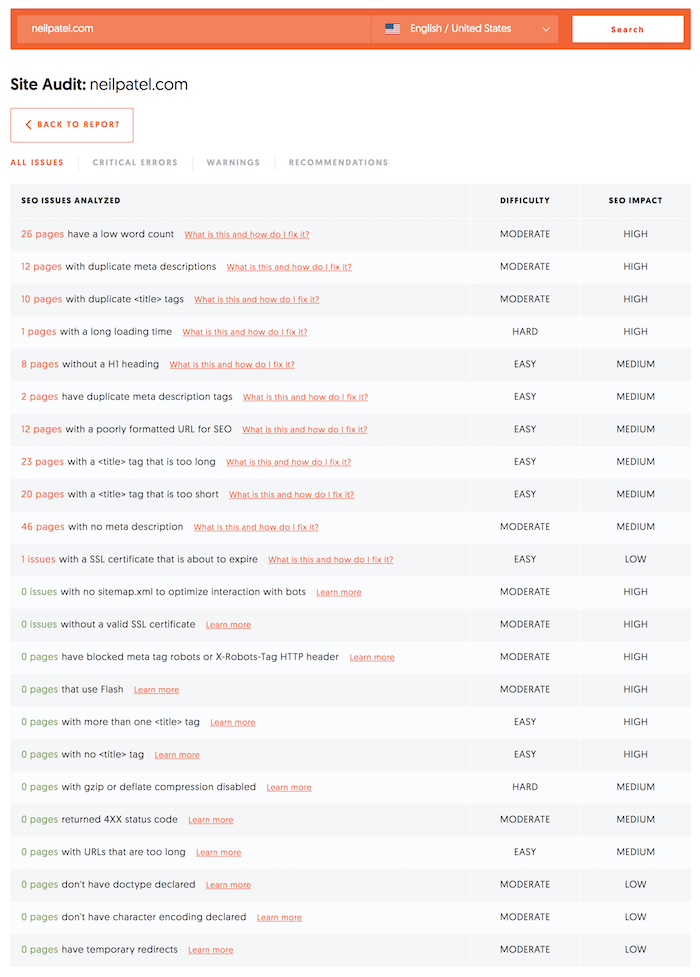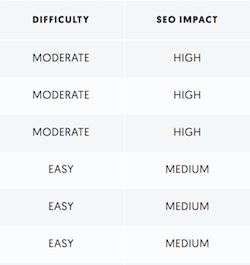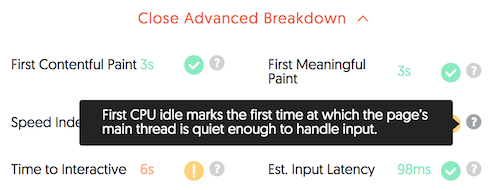Why It’s Better Than Crowdfunding
When you own a business there is only one thing for certain. You are going to need funding. Where you get that funding is another story. There are a ton of options, and choosing the one that will work best for your needs is sometimes the most difficult part. Two of the most common options are small business loans and crowdfunding. For most, a new small business loan is going to be the best bet. We’re going to tell you how to get a new small business loan, and why it’s a better choice than some other funding options, specifically crowdfunding.
How to Get a New Small Business Loan: Business Funding Options
First, it can be helpful to know what your options are. There are many, but all are not created equal. Complicating things even more, there are multiple subtypes within many of the different available types of funding. Here is a quick overview.
Loans
This is money that you borrow and pay back over time, plus interest. The rate of interest, time you have to pay back the money, and the requirements to qualify for the loan vary widely between loan types and lenders. All of the variance is why many are so unsure of how to get a new small business loan.
Demolish your funding problems with our rock-solid guide about 27 killer ways to get cash for your business.
Lines of Credit
If you are trying to figure out how to get a new small business loan, there is no doubt you are going to start wondering about lines of credit also. A line of credit is similar to a loan in many ways. You apply for it the same way, generally through the same type of lender. The difference is that this is revolving credit, similar to a credit card. You only pay back what you use, and you use only what you need. The funds are there to draw from. But you do not have to pay back the full amount. Typically, the interest rates and terms are better than that of a credit card.
Factoring
Invoice factoring, or receivables factoring, is sort of a cash advance on outstanding accounts. If you need cash and have a ton of outstanding invoices or receivables, you can factor them and collect a portion of the cash.
The lender will pay you the value of the invoices, less a premium, and then collect cash on those accounts from the customers directly. The older the account is, the higher the premium is because there is a greater risk they will not collect. Therefore, if most of your accounts are 60 days or less, you may want to increase collection efforts on your own first and see what you can get.
Credit Cards
Most everyone knows how credit cards function. They are revolving credit, just like a line of credit. The difference is generally a higher interest rate, and sometimes there is an annual fee. One point that team credit card gets, though, is that some of them offer rewards such as cash back or airline miles.
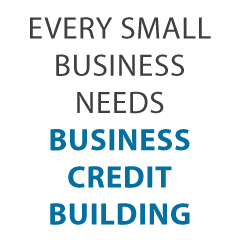
Crowdfunding
Crowdfunding is a way to raise money for your business through investors. These are not your standard investors though. You choose a platform, like Kickstarter or Indiegogo, and create a campaign for your business. Platform users can then choose campaigns they wish to contribute to. Contributions range from $5 to $5,000 or even more. This is completely free money that you do not have to pay back, though you may need to offer an incentive or profit sharing of some sort to your investors.
Angel investors
These are investors, but they often function differently that regular investors as well. There are angel investment firms, where you can present a pitch and see what happens, but also a friend or family member can be an angel investor.
Grants
Grants for small business are just like grants for school. They are free money that you do not have to pay back. Sometimes they come in the form of an award for some type of contest. Competition can be fierce when it comes to grant funds. There is only so much money to go around and everyone wants it.
Grant funds are also often reserved for specific types of businesses based on who the owner is or the mission of the business. For example, a grant may be specifically for businesses that are environmentally minded, or for those businesses run by veterans, minorities, or women.
Which Funding Option is Best?
If you were wondering how to get a new small business loan, you may not be wondering if crowdfunding is better. Upon first glance it can appear that this is the case. Free money is always best. And if all you have to do is convince people to give, that’s even better, right? Crowdfunding offers seemingly unlimited free funds. You can collect whatever the people will give. In theory, this is true. If you look just a little deeper however, below the surface, there are some details that may surprise you.
First, you need to know that all crowdfunding platforms are different. The rules for how long a campaign can run and when you can collect your money vary from platform to platform. For example, Kickstarter will not allow you to collect your money until your reach your goal. If you do not reach your goal, you do not get any money. Indiegogo, on the other hand, allows you to choose if you collect as you go, or after you meet your goal.
The problem then becomes predictability. If you have time to sit back and leisurely raise money, this may work. Still, most people who need business funding need it like, yesterday. Waiting around for a campaign to reach its goal, or even collecting small amounts here and there will probably not cut it.
Another issue is the incentive that is often required. While incentives can range from a free product or some bauble like a keychain or even a thank you note, the most successful ones are substantial. More than one business has found itself in trouble trying to make good on crowdfund campaign promises.
What You Need to Know
Loans are truly a better option for most, so you do need to know how to get a new small business loan when the time comes. They are predictable and, while you do have to repay with interest, you have some control over the terms and rates.
Not only that, but those payments can help you build credit. That, in turn, will allow you to get better terms and rates, as well as potentially more money in the future. In addition, an institution where you already have a loan will be more likely to approve you for additional loans, assuming you consistently pay on time. Running a second crowdfunding campaign may not be as fruitful, even if you have success with the first one.
How to Get a New Small Business Loan
The process of getting business loans can be overwhelming. We break it down for you so you can get the funds you need to start or grow your business as soon as possible.
Shop Around
The first step when considering how to get a new small business loan is to shop around. Find a lender that has the loan product that best fits your needs. Find the loans with the best terms and interest rates, then check their eligibility requirements to see if you apply. There are a few different types of lenders you can choose from.
- Large banks
- Smaller community banks
- Credit Unions
- Online Lenders
Which one you choose will depend on a number of factors. Large banks do not typically work well with small businesses. But that does not mean you shouldn’t see what they have to offer. In general, small banks and credit unions will have the best terms and rates, in that order, but the process can still be lengthy.
Demolish your funding problems with our rock-solid guide about 27 killer ways to get cash for your business.
If credit or timing is an issue, online lenders may be the best bet. While their interest rates are not typically as low, they are often more flexible on minimum credit score than traditional lenders. The option with most to do the entire application online means you can get your funds quicker as well. In some cases you can get funds in as little as a few days with approval in as little as 24 hours.
The Small Business Administration
It is impossible to figure out how to get a new small business loan without a discussion about The Small Business Administration, or SBA. This is a government agency that offers support and resources to small businesses. Though they do not directly lend funds, they do work with local lenders to help small businesses get the money they need.
When you are looking at how to get a new business loan, you definitely need to consider researching lenders that work with the SBA. While not all small businesses will benefit from an SBA program, many will. Their programs are meant to make it easier for businesses that may not qualify for loans on their own to get the funds they need.
Pay Attention to SBA Loan Programs
You can’t figure out how to get a new small business loan without knowing what programs the SBA offers. There are those meant specifically for working capital, as well as those designed more for equipment and real estate purchases. Following is a breakdown of a few of the most popular SBA loan options.
7(a) Loans
This is the Small Business Administration’s main loan program. It offers federally funded term loans up to $5 million. The funds can be used for a number of things including: expansion, purchasing equipment, working capital and more. Banks, credit unions, and other specialized institutions in partnership with the SBA process these loans and disburse the funds.
There is a minimum credit score requirement of 680 to qualify. In addition, they also require a down payment of at least 10% for the purchase of a business, commercial real estate, or equipment. A business must have been in operation for 2 years to qualify. In the case of startups, business experience equivalent to two years will work.
This is the most popular of the SBA loan programs. Funds are available for a broad spectrum of projects, from working capital to refinancing debt, and even buying a new business or real estate.
504 Loans
504 loans are available for up to $5 million. Funds from these loans can buy machinery, facilities, or land. They are generally used for expansion, and private sector lenders or nonprofits process them. 504 loans work especially well for commercial real estate purchases.
Terms range from 10 to 20 years, and funding can take from 30 to 90 days. The minimum credit score is 680, and collateral is the asset the funds are financing. There is also a down payment requirement of 10%, which can increase to 15% for a new business.
This loan requires you to be in business for at least 2 years, the same as the 7(a) program, or management has to have equivalent experience if the business is a startup.
Microloans
Microloans are available in amounts up to $50,000. They are best for starting business purchases such as equipment, inventory, or just general working capital. Community based non-profits administer microloan programs as intermediaries, with financing coming directly from the Small Business Administration.
Interest rates on these loans are 7.75% to 8% over the lender’s cost to fund. Terms go out to 6 years. They can take 90 days or more to fund. The minimum credit score is 640, and the collateral and down payment requirements vary by lender.
SBA disaster loans
Available in amounts up to $2 million, these loans are actually processed directly through the SBA. They are available to small-business owners that have been affected by natural disasters. Terms go up to 30 years. The maximum interest rate is 4%. You can apply for disaster loans directly at SBA.gov.
Demolish your funding problems with our rock-solid guide about 27 killer ways to get cash for your business.
The minimum credit score for disaster loans is 660. Collateral is necessary if the loan goes over a certain amount, usually $25,000. If collateral is not available at the time, then it is can wait until it becomes available. For a military economic injury disaster, the amount at which collateral is necessary increases to $50,000. A down payment is not a requirement either way.
SBA Express loans
Express loans from the SBA max out at $350,000. Interest rates are capped at 11.50%. Terms range from 5 to 25 years. The SBA guarantee is less than with their other loan programs at 50%. You must have a credit score of at least 680 to qualify. If your debt-to-service ratio is less than 1:1, you will not be eligible. Depending on the lender, there may be a collateral requirement for loans over $25,000.
They are not called express loans for nothing. The turnaround time is substantially faster than others, with the SBA taking up to 36 hours to give a decision. There is less paperwork with the application process as well, making express loans a great option for working capital, among other things, if you qualify.
SBA CAPLine
There are 4 different CAPLine programs that vary mostly in the expenses they can fund. Each allows a maximum amount of $5 million and an interest rate that ranges from 7% to 10%. It can take 45 to 90 days to get funding.
The four different programs are:
- Seasonal CAPLines – Financing for businesses preparing for a seasonal increase in sales.
- Contract CAPLines – Financing for business that need funding to fill a contract.
- Builder’s CAPLines – Financing for businesses taking on a real estate or construction project.
- Working capital CAPLines – Financing for businesses that are struggling with a short-term slump in sales.
You must have at least a 680 credit score to apply. But there is no minimum time in business requirement unless you are getting a seasonal CAPLine, which carries a one year in business requirement.
SBA Community Advantage Loans
This is a pilot program set to either expire or extend in 2020. It’s designed to promote economic growth in underserved markets. Credit decision makers overlook factors such as poor credit or low revenue if the business has the potential to stimulate the economy or create jobs in underserved areas.
Loan amounts range from $50,000 to $250,000 with a maximum interest rate of 11%, while terms range up to 25 years.
How to Get a New Small Business Loan with Other Programs
The SBA also offers these additional programs that may be helpful.
- Veterans Advantage– General-use business loans with no guarantee fee for majority veteran-owned small businesses.
- International Trade– General-use financing for businesses actively involved in international trade or hurt by competition from imports.
- Export Working Capital Program– Short-term working capital for exporters backed by invoices or other business assets.
How to Get a New Small Business Loan: Be Prepared
After you choose which loan or loan program will work best for your business, it’s time to dig in. Unless you are using an online lender where the entire application process takes place online, you are likely going to spend a significant amount of time on this process.
Regardless of the lender, preparation is key to time savings and success. While all lenders are different, some information is pretty standard across the board. You almost always need to have ready information related to:
- Past 3 years tax returns (business and personal)
- Business financial statements for the past 3 years, or 3 years’ of projections for startups.
- A professional business plan.
- A budget for the loan funds.
Of course, this is not an exhaustive list, but having these things ready to go will save you significant time during the application process.
Keys to How to Get a New Small Business Loan: Shop Around
There is no doubt that, for many reasons, a business loan works better than crowdfunding in almost every case. It is both more reliable and more predictable. Very few crowdfunding campaigns work out, while there are lenders with loan products for almost every situation.
Rather than creating elaborate crowdfunding campaigns, spend your time researching lenders and loan programs that best fit your needs. Once you find what you are looking for, gather the information you know they will need, and be prepared to provide anything else they may ask for. This is a great place to start when trying to figure out how to get a new small business loan.
The post How to Get a New Small Business Loan and Why It’s Better Than Crowdfunding appeared first on Credit Suite.









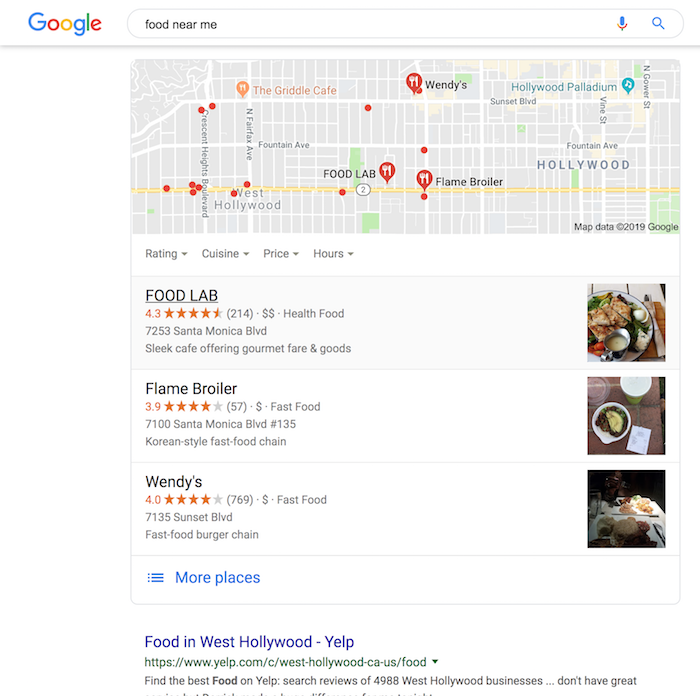









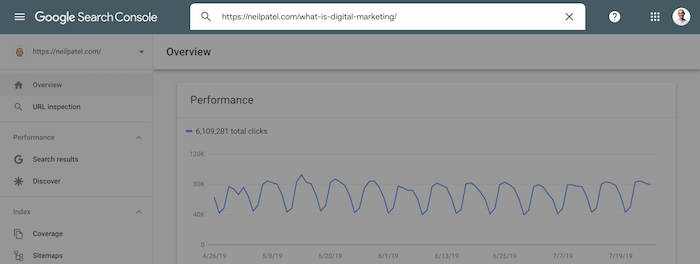



 that leads to…
that leads to…




